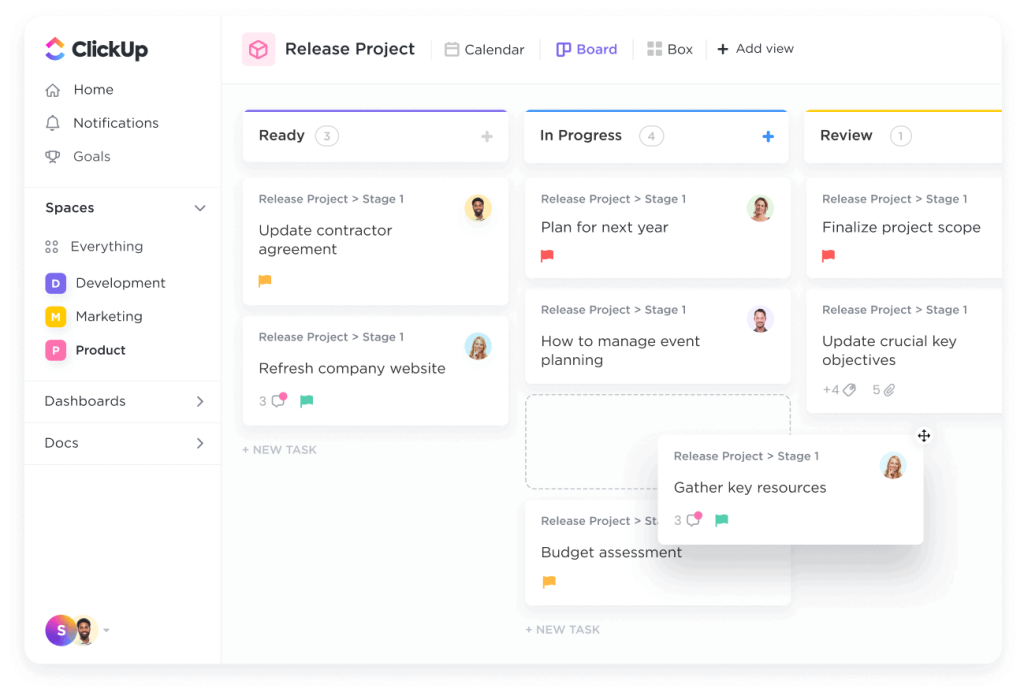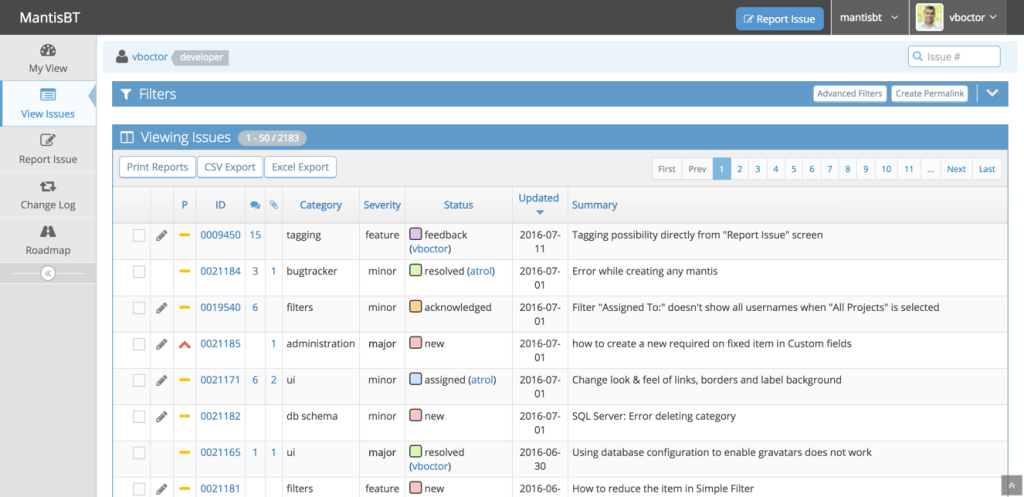Top 5 bug trackers for tracking bugs on your website
Bug reporting and tracking systems are very important in software development work. They make it possible to respond effectively to reports, both in terms of gaining a sizable amount of data about the bug when it occurred and putting a repair process in place. Bug trackers can report data of varying accuracy and have additional technical solutions to support the core functionality, such as by creating an effective working environment for the entire project team.
Bug trackers – overview of capabilities, price, and benefits of their implementation
Prices of bug trackers vary greatly. There are many systems that are available under the General Public License, as well as closed source strictly commercial software. They are distinguished by different functionality and automation, as well as integration with other tools that prepare statistics, notifications (e.g., in Excel), or notifications. Bug trackers were originally used in the development of open-source software. Their contribution to the development of popular software is invaluable – in open-source applications, they allow the generation of a huge number of detailed bug reports. To this day, it is this aspect that is a strong asset of open-source solutions, but bug trackers also help during the development of commercial solutions. They are an effective tool for working on current bug reports and continuously improving software performance.
A Bug tracker is an essential part of implementing agile software development
Many modern projects are implemented according to the principles of agile software development. Agile software development was created to meet the needs of the customer, who, in the course of project development, communicates their changing expectations of the target product. Creating high-quality software is inherent in project management according to agile principles, but this requires a special commitment and ongoing quality control. Every tester of web applications, tester of mobile applications, or the entire team working on a given software should have access to a bug tracker. Software development requires good communication, as well as the provision of tools that allow for the efficient exchange of key data regarding a bug within the bug tracker. If such tools made their functionality available only to individual software testers, they would not be as effective when working in a team. Currently, bug trackers provide information on the date of the bug report, the result of the bug, the priority of the report, the method of triggering the bug, as well as data on the reporting person. Besides, a bug tracker can allow you to assign a person to take care of fixing a particular bug in order to better manage the resources of the development team.
Here’s a list of 5 popular bug trackers that perfectly handle modern requirements
Among bug trackers, we distinguish those that work on a customer-server, hosted, or distributed architecture basis (this is a solution that is only being developed and has not yet gained widespread recognition). Here are five popular and functional bug trackers that allow you to leverage the resources of an agile team (which can include developers, software testers, project managers, or HR experts, and many other specialties).
ClickUp
ClickUp is an example of software that focuses not only on functionality, but above all, on effective team management. The software provides a number of tools to facilitate the assignment and management of tasks. It is integrated with a number of practical applications, facilitates communication and is constantly evolving to provide even better opportunities for modern project teams.

Bugzilla
This is freeware, open-source software that features a very basic interface and good functionality. Bugzilla, apart from being a bug tracker, can act as a system supporting the evaluation of our activities in the area of a given project – it provides the possibility to add comments and remarks while reporting a bug. This system is used by, for example, LibreOffice, GNOME, Apache and many other organizations.

Mantis (MantisBT)
This bug tracker is available in Polish. It provides a very wide range of functionality – from email notifications, to reports of notifications in formats that are convenient to use, or an automatic changelog. The system requires the implementation of a dedicated web server with PHP language and a database such as. MySQL.

Jira
Jira is an icon of agile software development. It is a tool that was created for teams that value a transparent and reliable environment for working on reported bugs. Jira makes it easy to create a roadmap, integrates with many external tools, and is available for free for a limited version of up to 10 users.

Redmine
This is a slightly less advanced tool in the context of teamwork than Jira or ClickUp, but it is distinguished by a very simple interface, broad functionality (which can be easily extended – Redmine’s flexibility is one of its greatest strengths), and reliance on open source code. The software is provided free of charge.

Bug trackers used in professional applications in practice
Mantis and ClickUp bug trackers are used within asperIT. Both complement each other perfectly and offer very effective tools for working on top-quality software within agile software development. However, it is worth remembering that asperIT support can include any bug tracker – most systems work in a fairly intuitive way, and the experience of working with popular tools definitely facilitates the use of other bug trackers.
